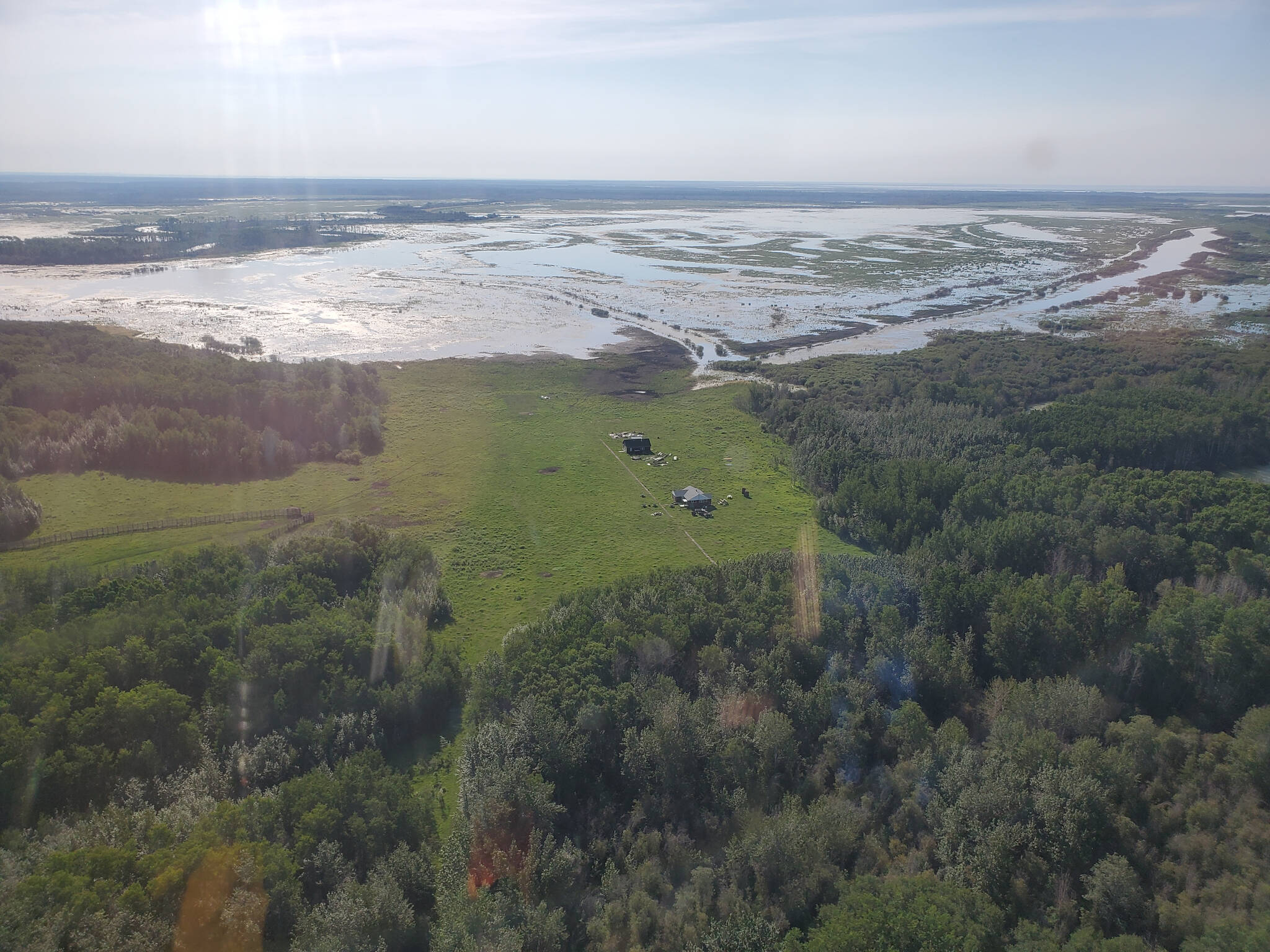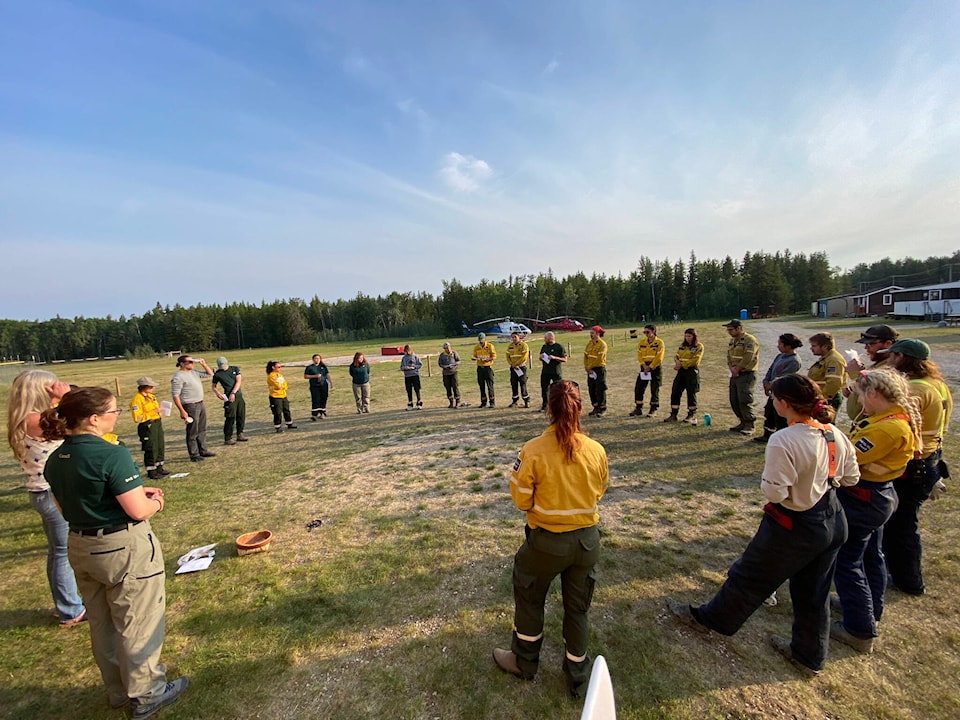Parks Canada officials have been monitoring an anthrax outbreak that has killed dozens of bison in Wood Buffalo National Park.
Fifty-nine bison in the Sweetgrass, Trident Creek/Trident Meadows, Peace Point Junction West, Flat Grass and Lake One areas of the park are suspected to have died from the illness, confirmed Jean Morin, acting resource conservation manager for Wood Buffalo.
“We brought in an incident management team. It’s a national response team trained to do all kinds of work,” he said. “Just to have a structure in place so we’d be able to respond if the outbreak would have been more problematic.”
From a staging area at the Wood Buffalo National Park firebase, near the Fort Smith airport, team members helped with the disposal of a number of bison carcasses found near visitor facilities and high-use areas.
Officials are also conducting daily surveillance flights to detect any other deceased bison.
The team has been working collaboratively with Indigenous partners who have been “keeping an eye on the land for us so we can better assess and decide the type of response that we should take.”
With the start of August, Morin is hopeful that cooler weather will end the outbreak, as the disease tends to spread in hot and dry conditions.
“Usually when it cools off, things become quiet,” he said. “The carcasses we were finding were mostly from the first wave. And because the month of August is usually colder, we’re not expecting to find anything new.”
Over five significant anthrax outbreaks have occurred in Wood Buffalo National Park since 1967, Parks Canada said in a news release. The most recent outbreak was in 2015.
“It is extremely rare for humans to contract anthrax,” it states. “Yet, it is possible to contract anthrax from direct contact with dead, diseased bison.”
“Anthrax can cause skin, respiratory or intestinal infection in humans. If you think you could have the infection, acting fast is vital,” it continues. “Though infections are serious and could be fatal, antibiotic treatment controls the disease. If you think you were exposed to anthrax, contact your local health centre immediately.”
According to the release, anthrax is a disease caused by the bacteria Bacillus anthracis. Bison, cattle, horses, and other hoofed mammals are especially vulnerable to the illness.
The anthrax bacteria is found naturally in soil. It lies dormant until disturbed by wallowing bison who stir it up, breathe it in and get infected.

